Bianchi, 1915, Tipo S2
Bianchi “Tipo S2”, 1915
The Bianchi S2 is the car which best reflects the aim of the company to build cars for less wealthy people. Thanks to its technical solutions and the introduction of this model, Bianchi proved once again to be a point of reference in the automotive world for the time. The car shown in the museum has a significant historical importance: it was used by the General Staff of the Italian Army during WWI to observe military operations: the letters S.M. that stands for Stato Maggiore (General Staff) are engraved on the front leaf-spring.
The car has right-hand-drive according to a law provision whereby all vehicles had to stay on the extreme right side of the road in order to not frighten the horses and give the right of way to the other means of transportation. At the level crossings, since there were no barriers at the time, the driver had to stop the car and get off to check if there was a train coming and then get back in the car and drive off.
The price of Bianchi cars varied from £4000 for the 2-seater to £14.000 for the limousine. Bianchi cars had large success not only thanks to the undoubtedly high quality of the materials and their refined design, but also their customer care. Included in the vehicle price there were a couple of days of driving school, every model was fitted with a tool box with a wrench, a tape roll and a hand pump. There was also a door-to-door servicing: specialized mechanics were sent throughout Italy's Kingdom to repair the customers' cars. They were paid £15 per day from the company and they also paid them the trip to the destination (second-class train ticket). Board and lodging was provided by the customer.
Luciano Nicolis used to say: “All the cars were crank-started or push-started at the time, the hand crank was in front of the car, linked to the crankshaft, there was no other way, there was no electric starter. It was difficult and dangerous because the crank could slip from your hand and break your wrist. There still wasn't the alternator in Italy: the magneto produced the electricity for the spark plug…”.
The magneto was the first ignition system used in petrol engines.
The first car to receive and electric starer and electric headlamps seems to be the 1911 Cadillac Model Thirty. The advertisement read: “The car that has no crank”.
1980, Luciano Nicolis on Bianchi S2 participated to the Veteran Rally organized by CRAME.
Museo Nicolis has a rich display of Bianchi vehicles: bicycles, motorcycles and cars.

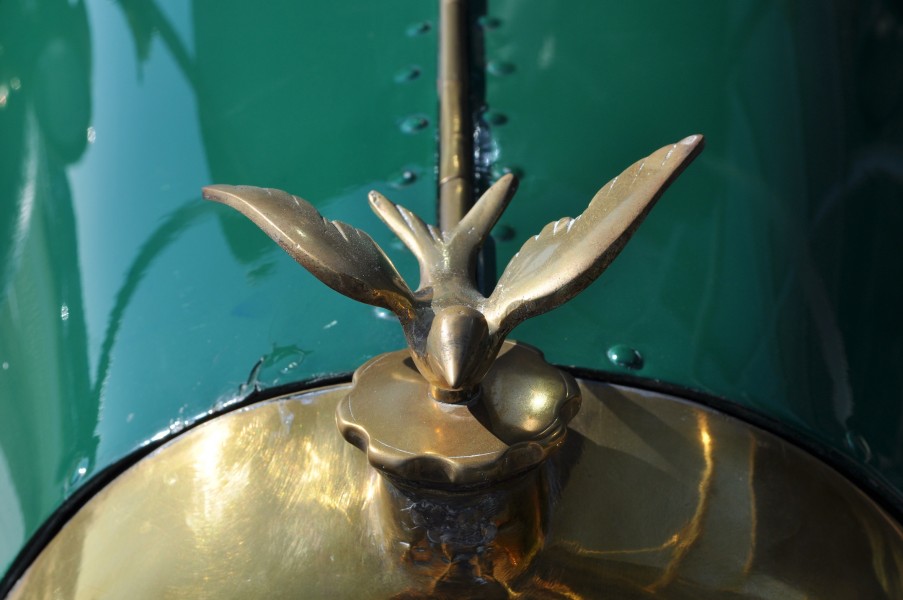
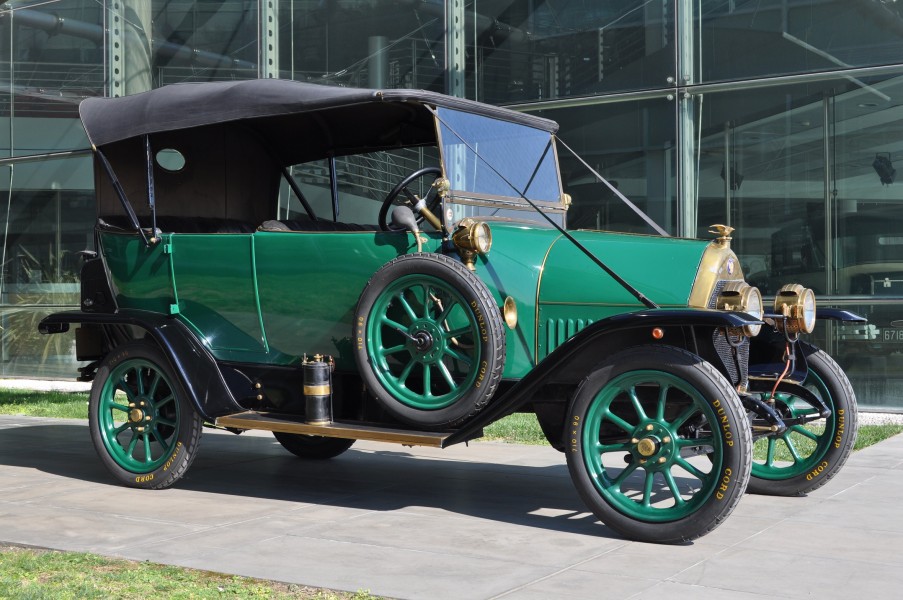
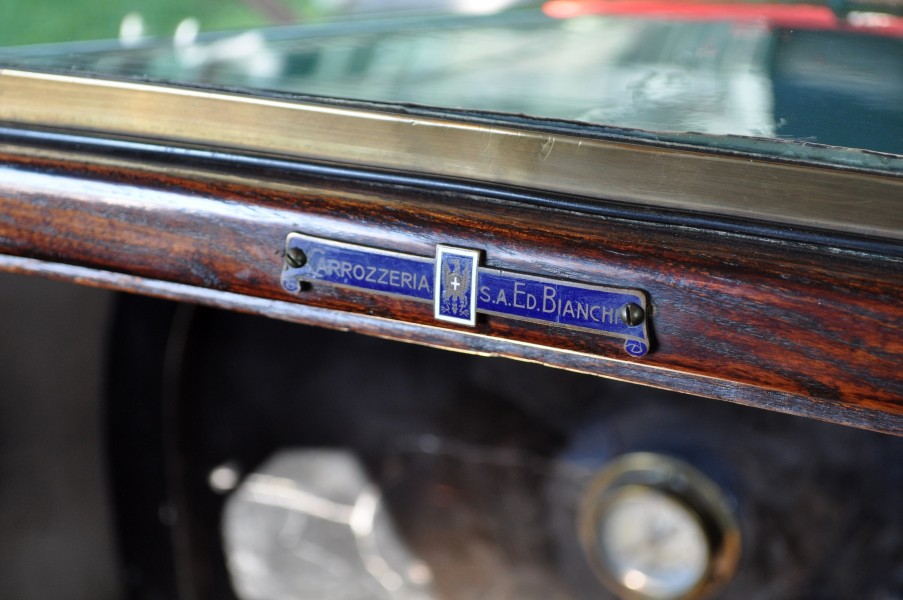
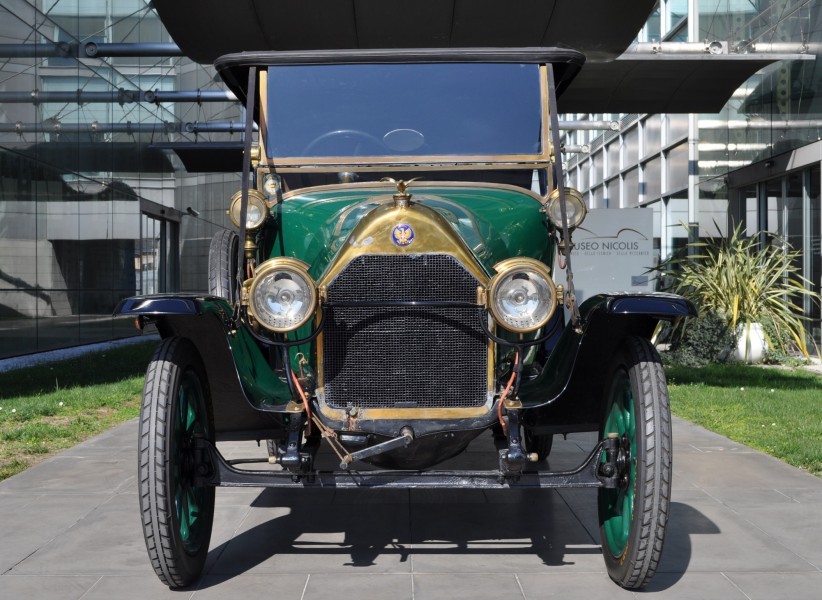
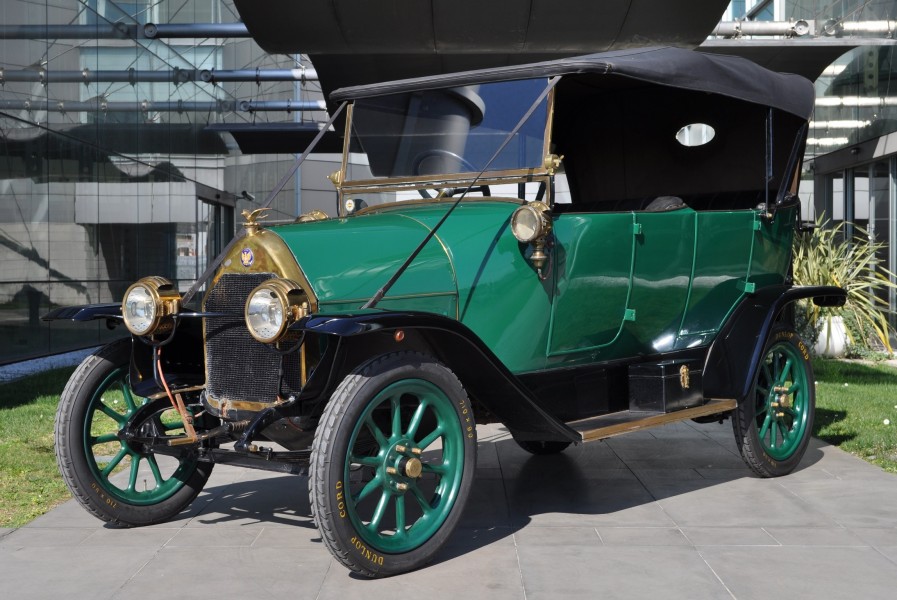
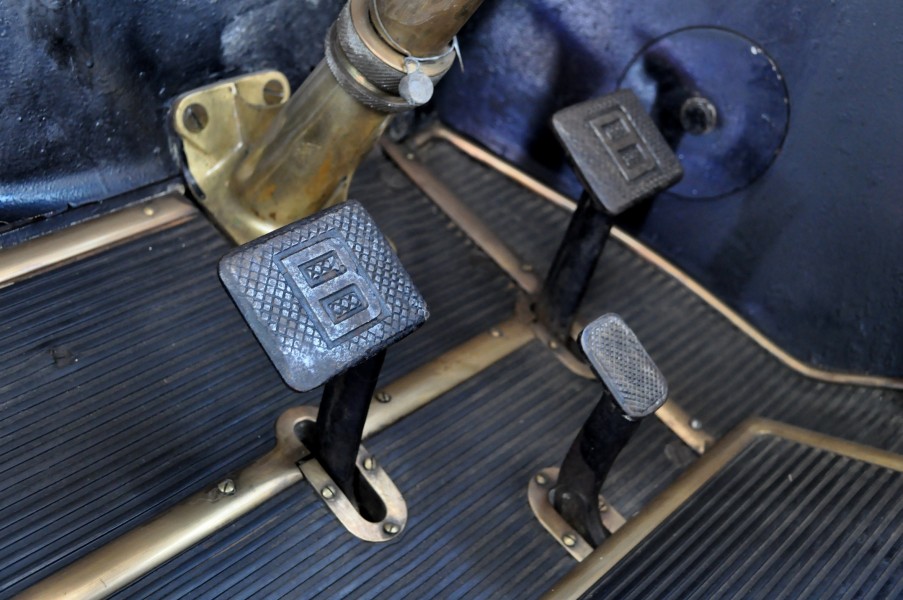
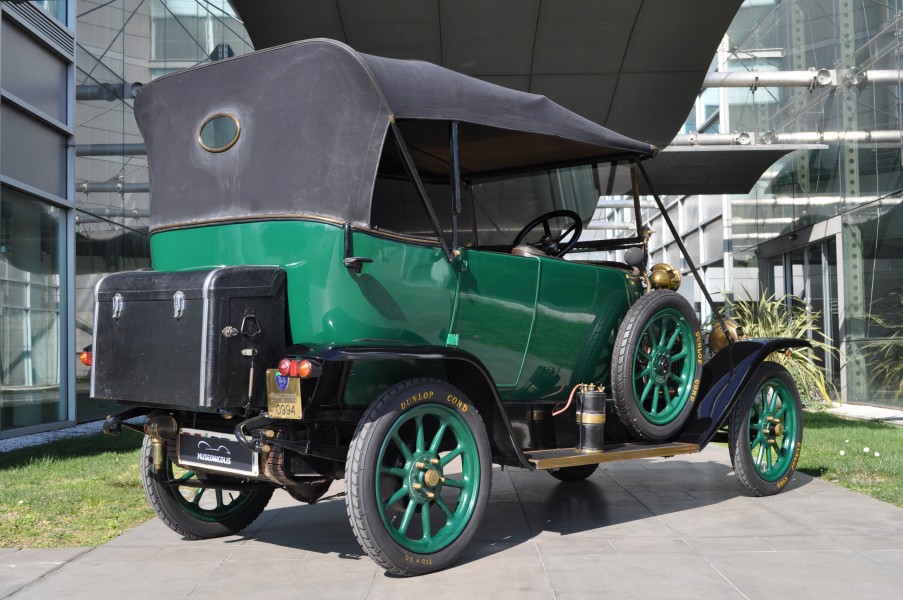
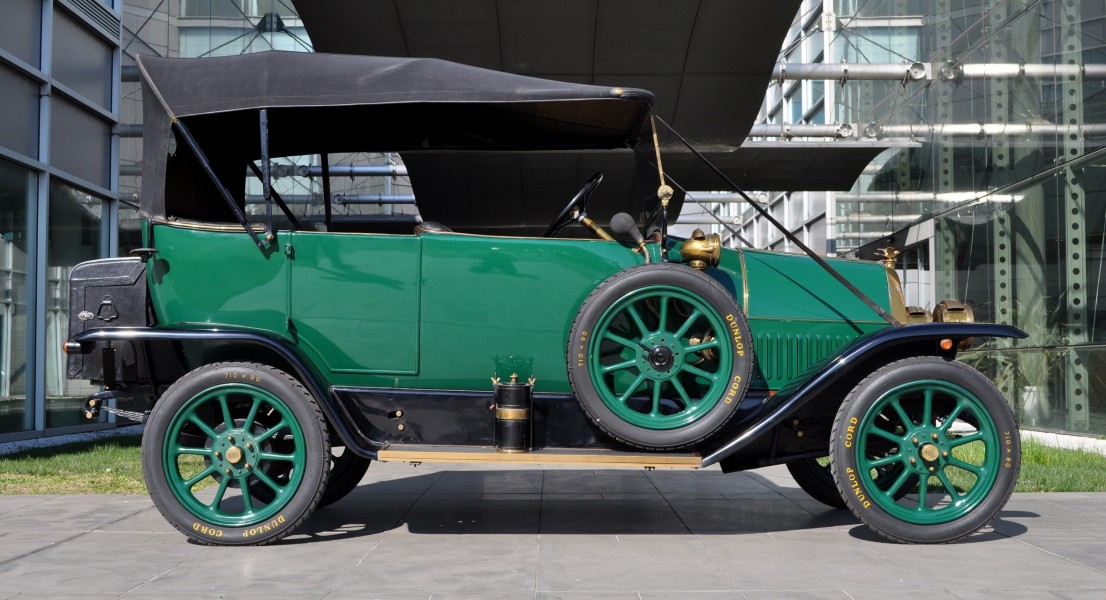
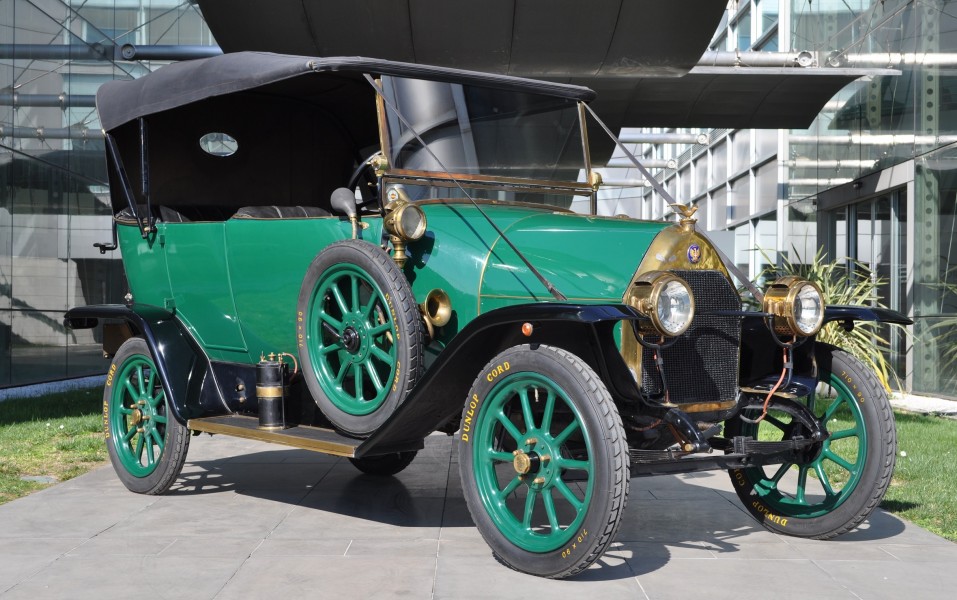
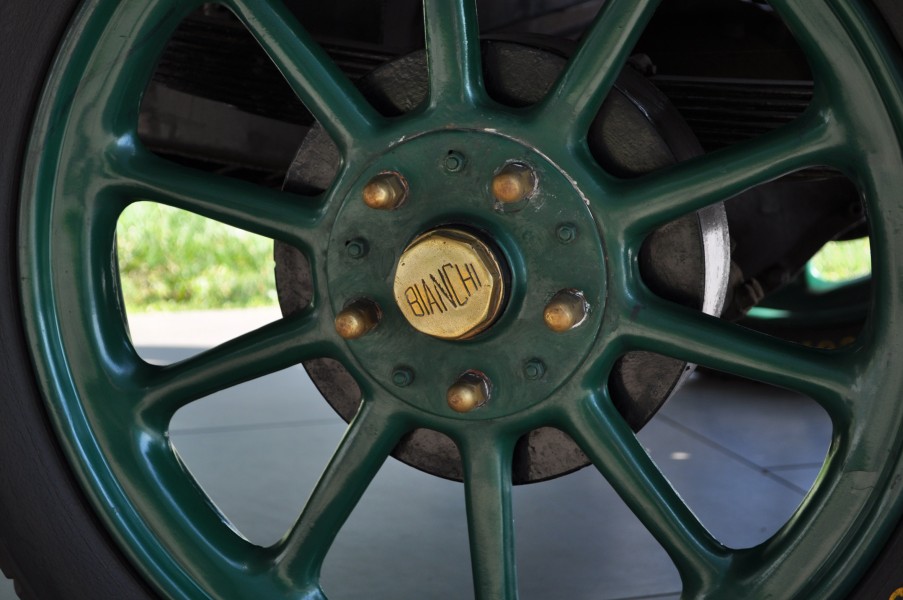
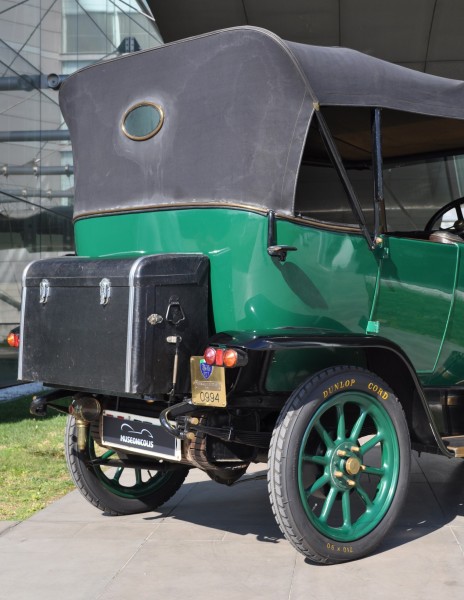
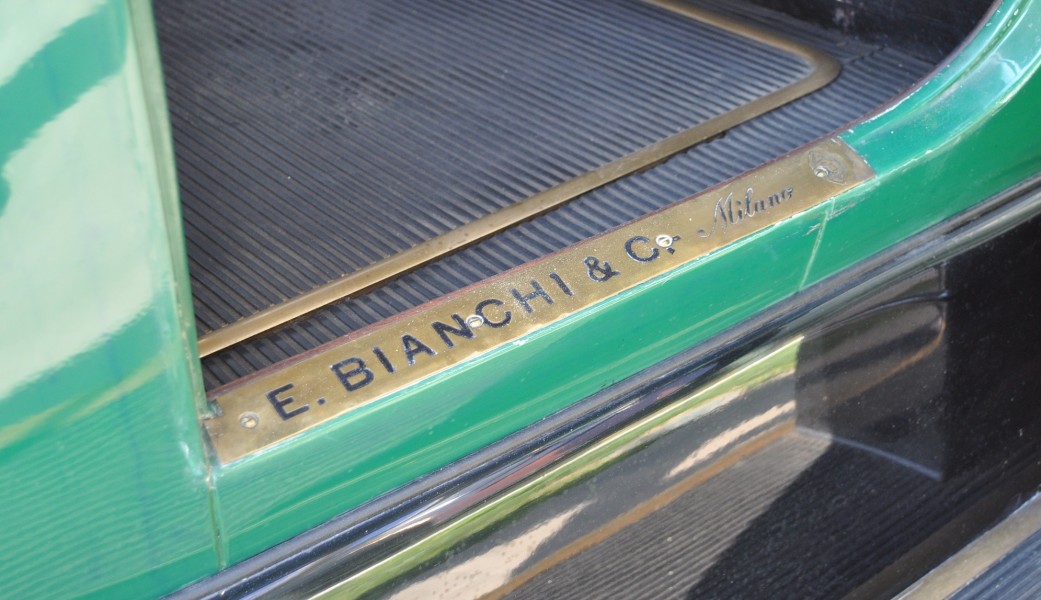
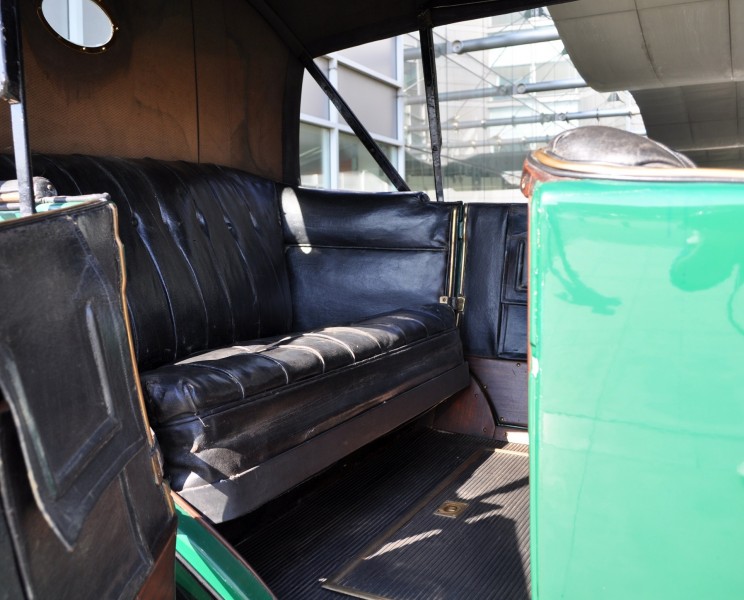
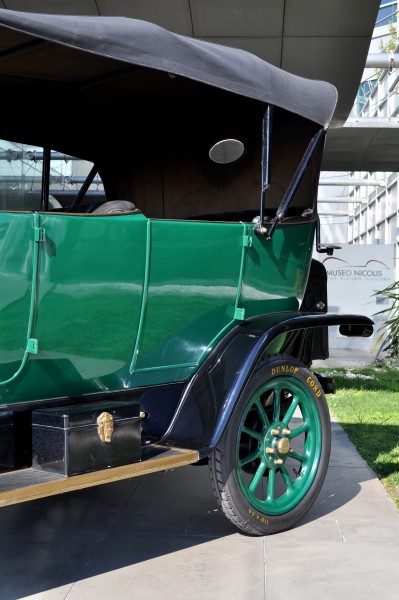
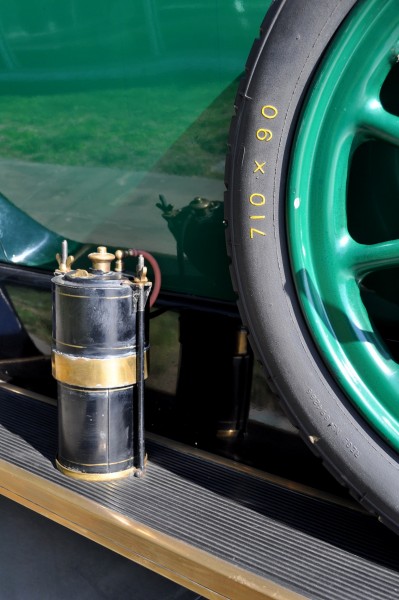
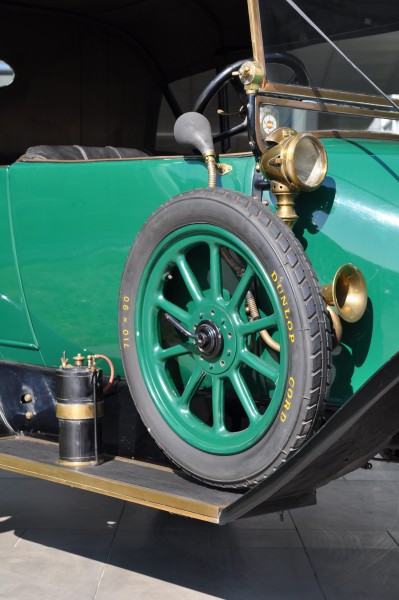
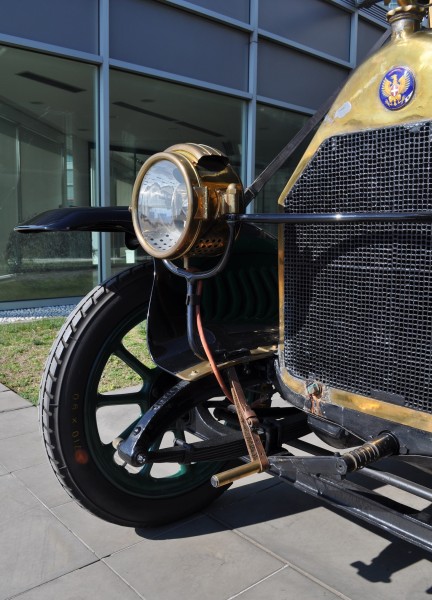
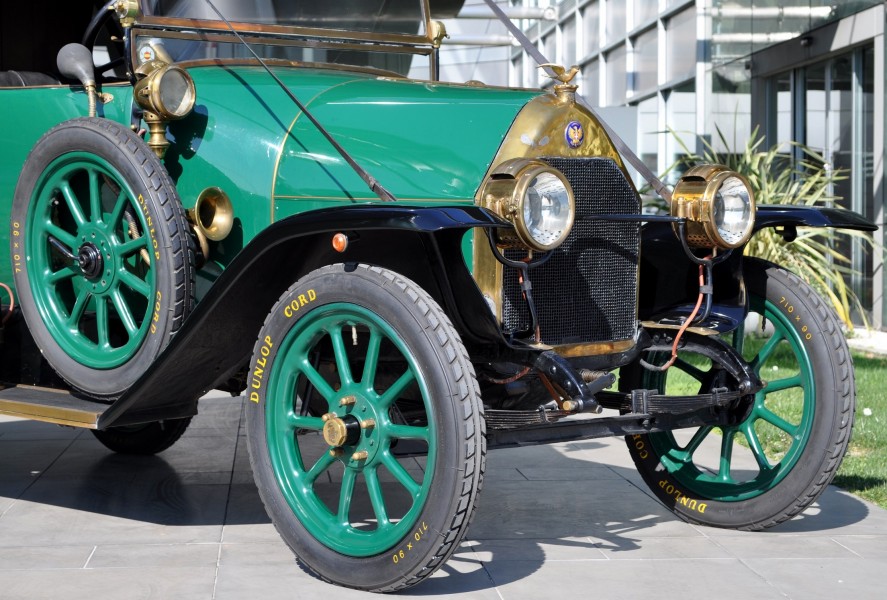
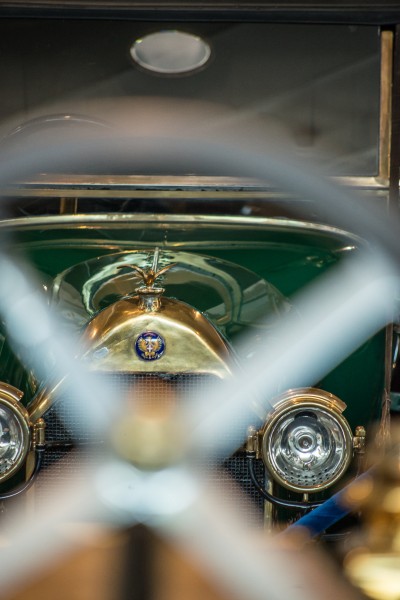
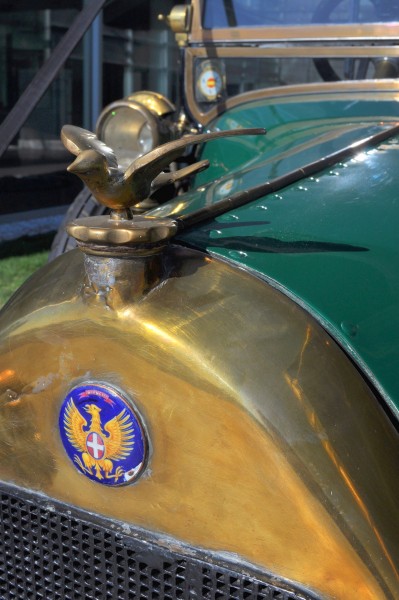
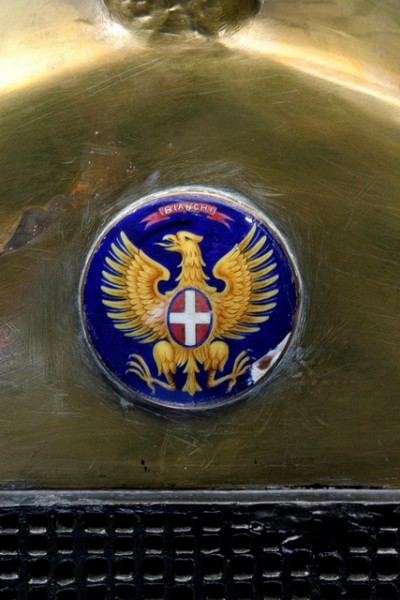
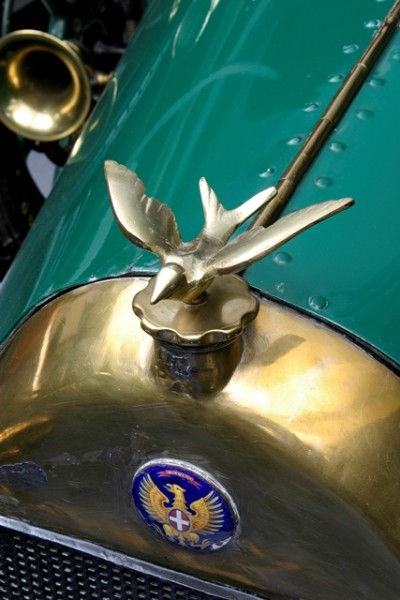
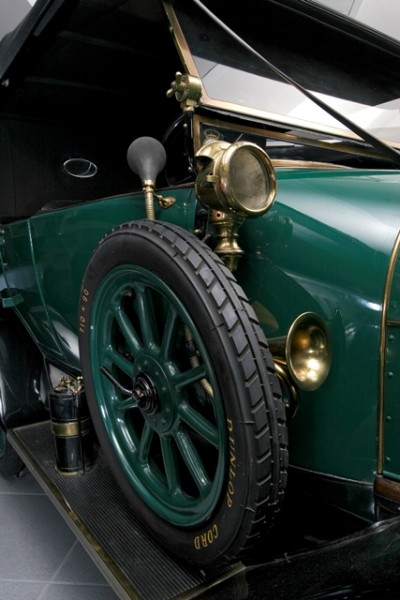
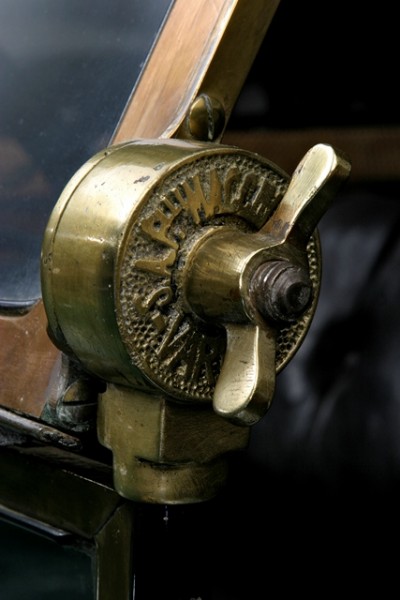
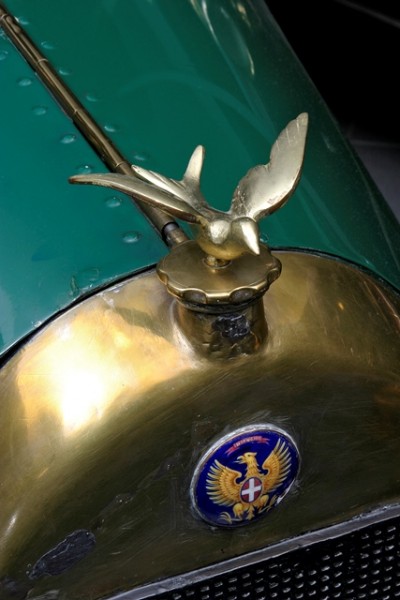
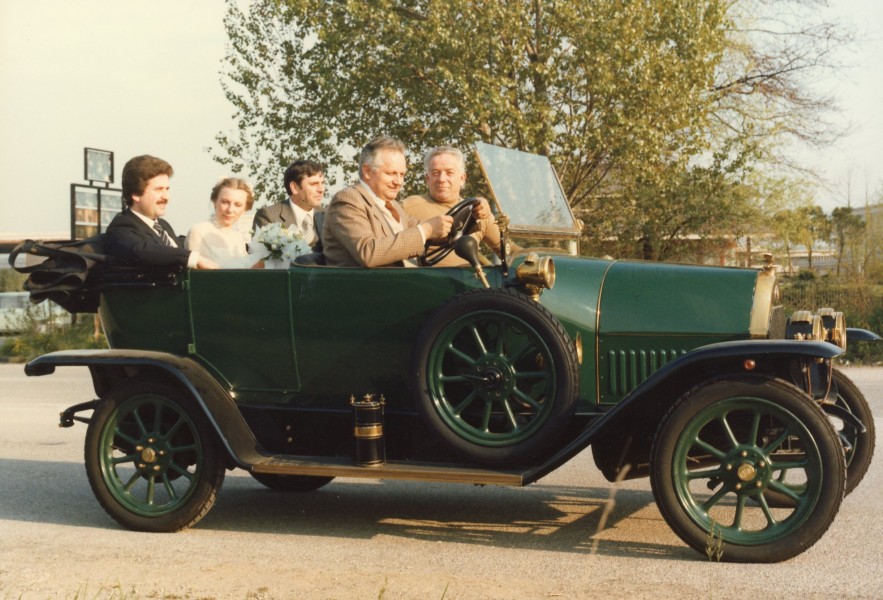
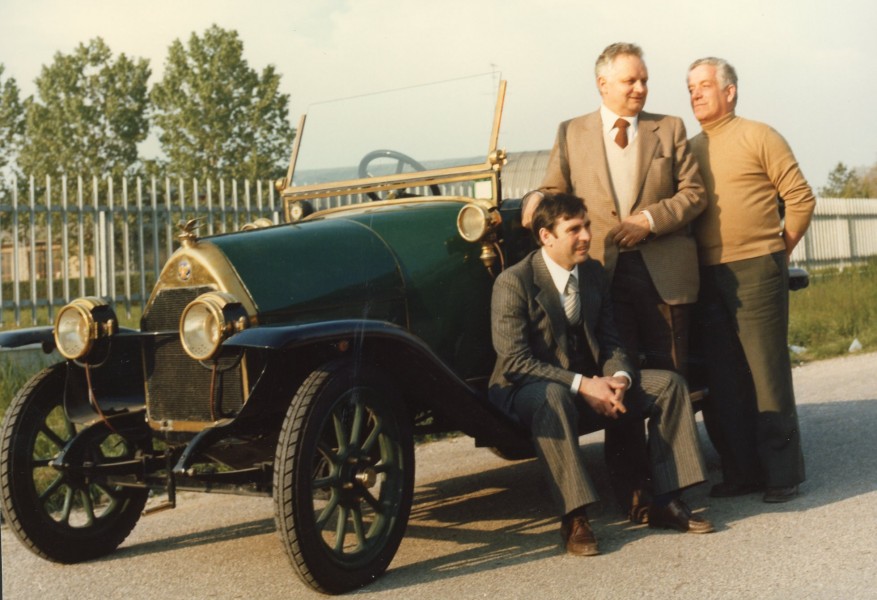
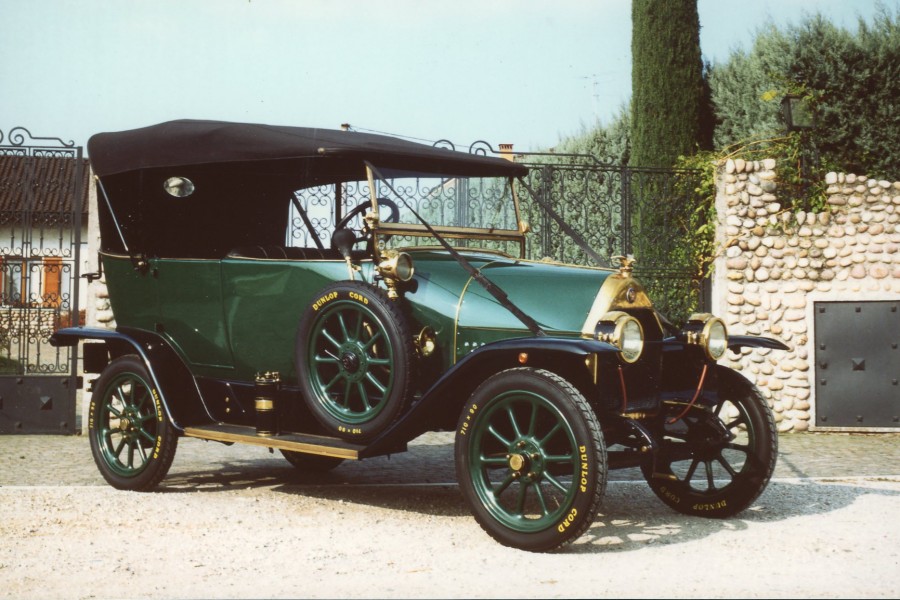
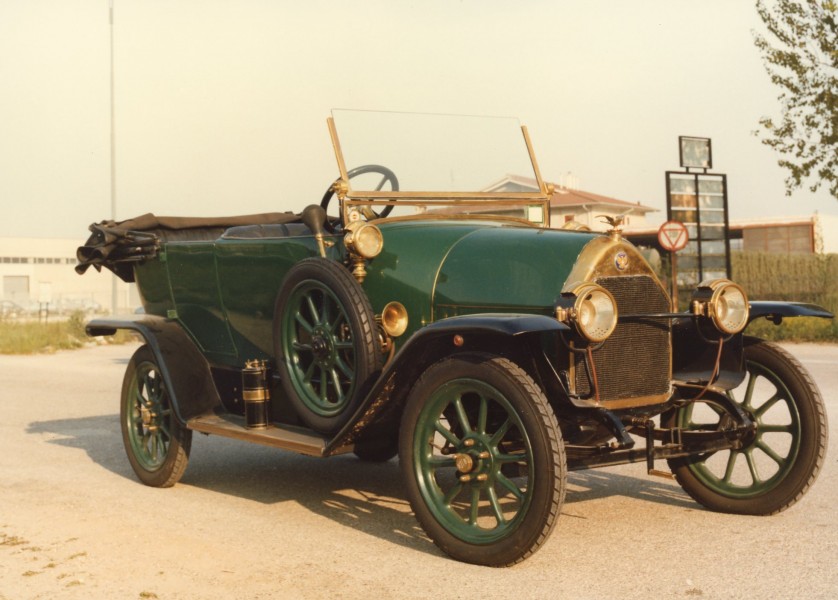
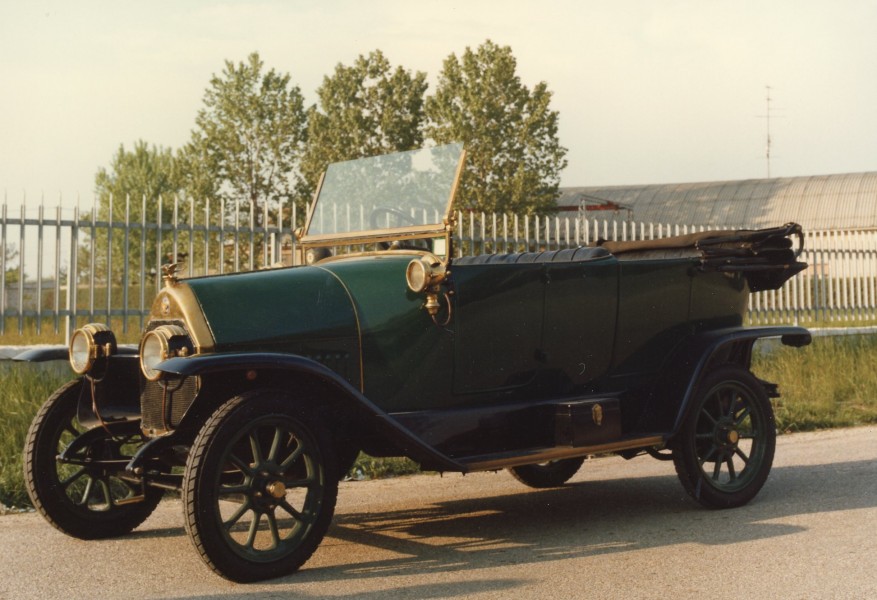
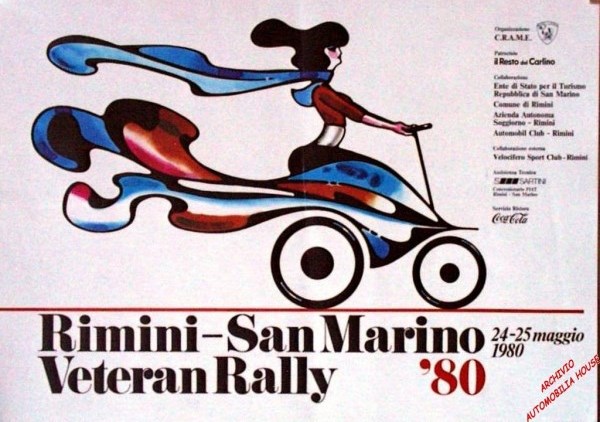
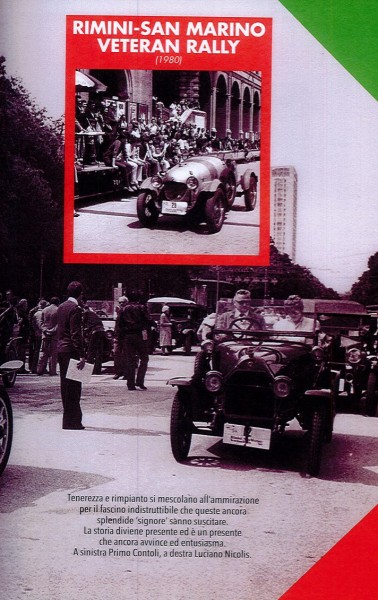
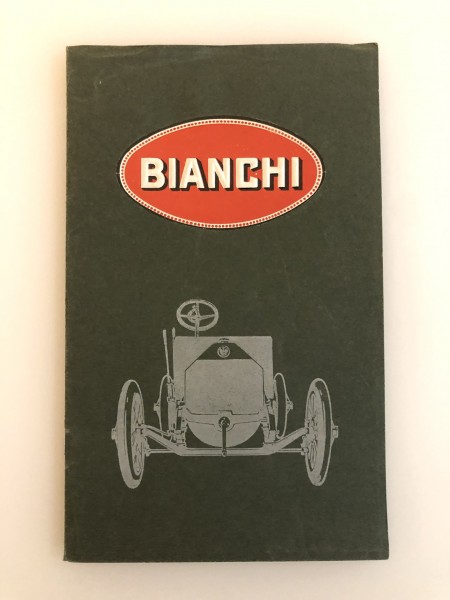
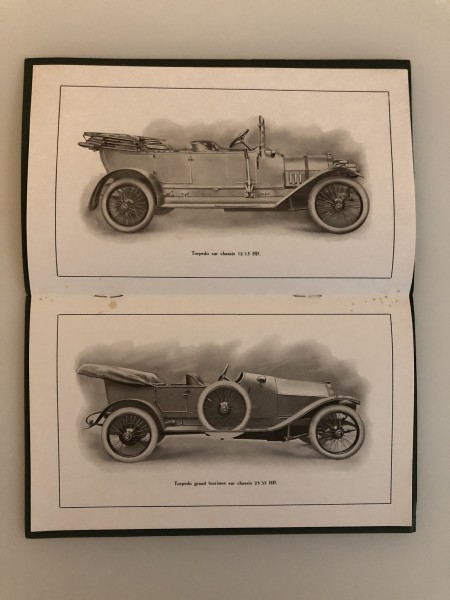
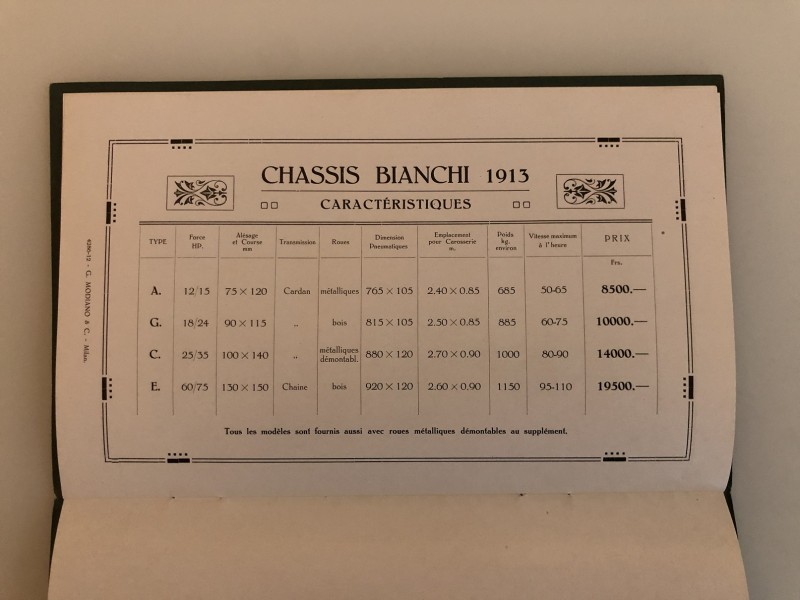
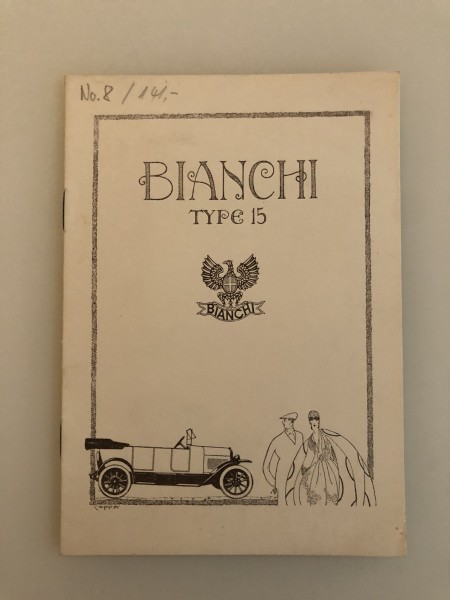
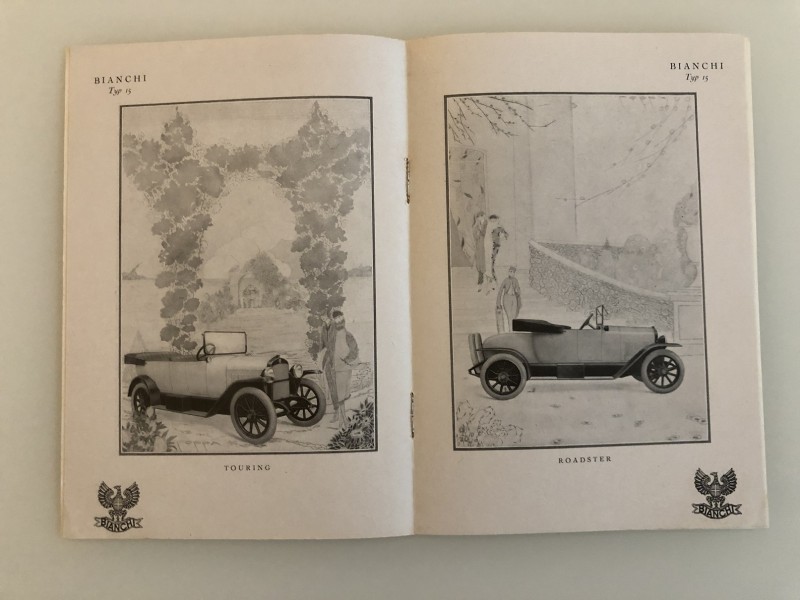
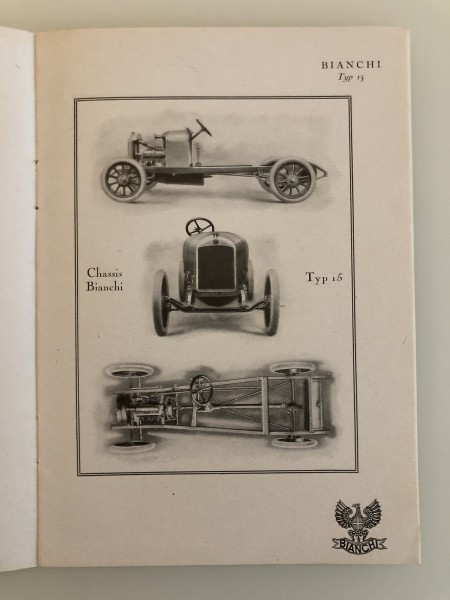
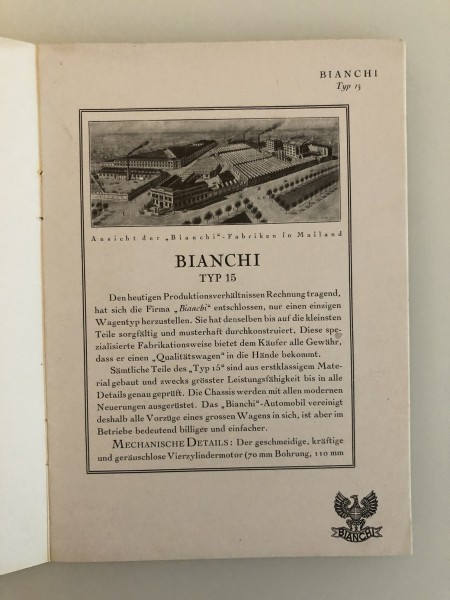

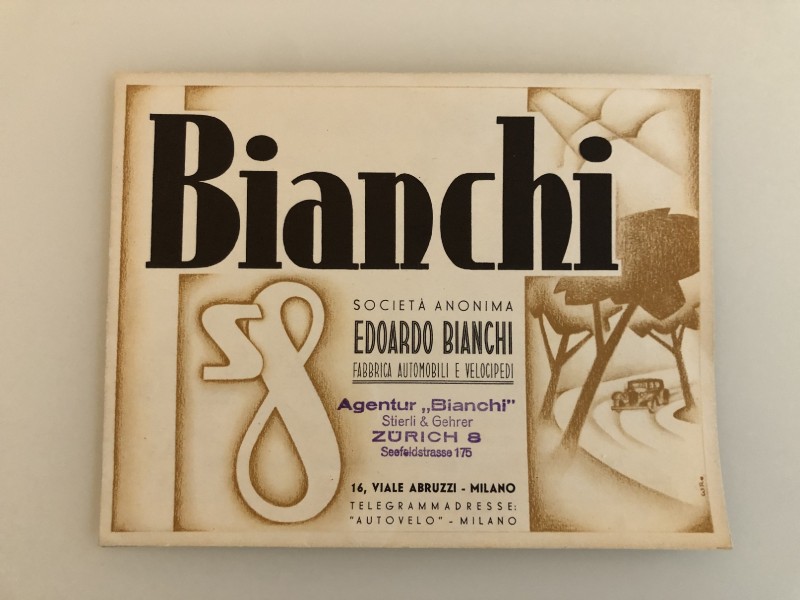
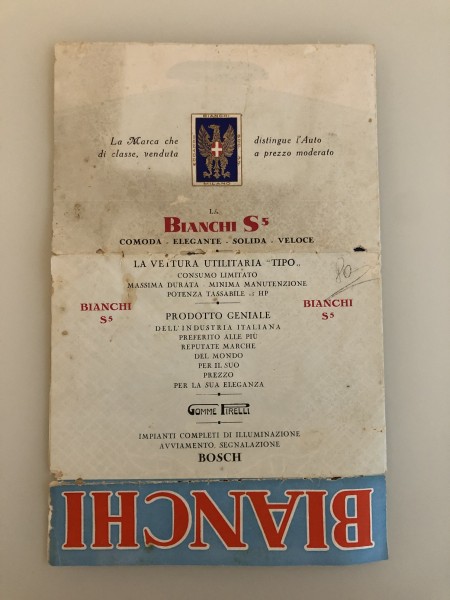
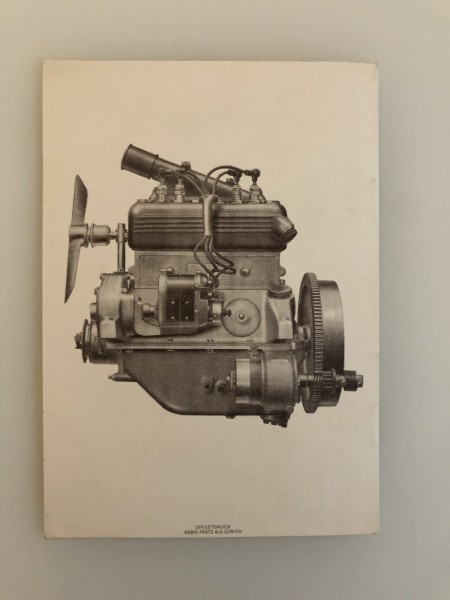
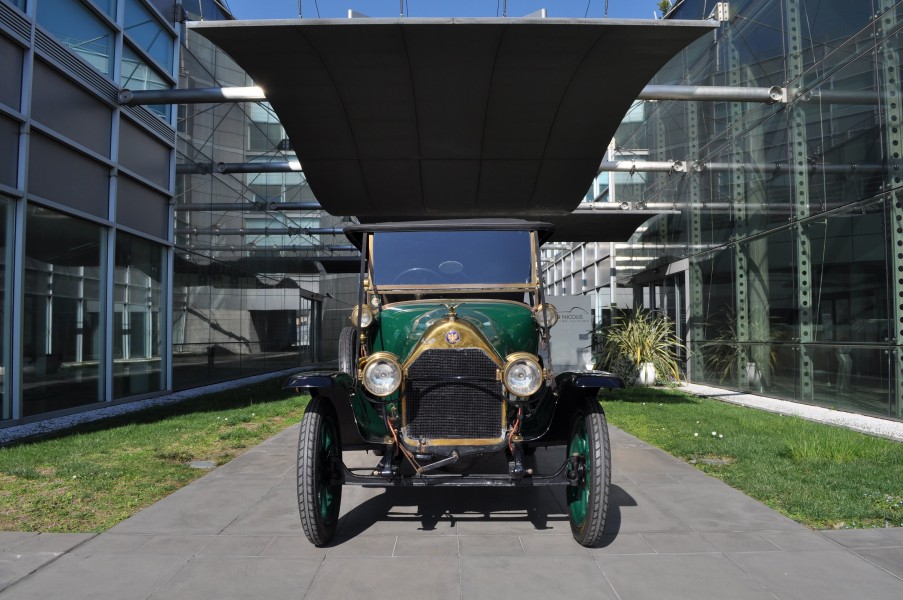
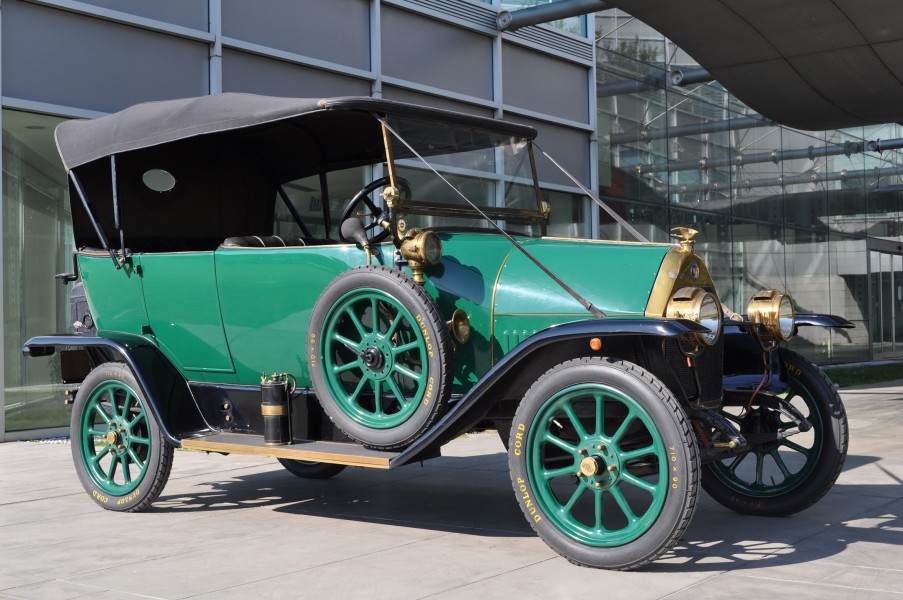
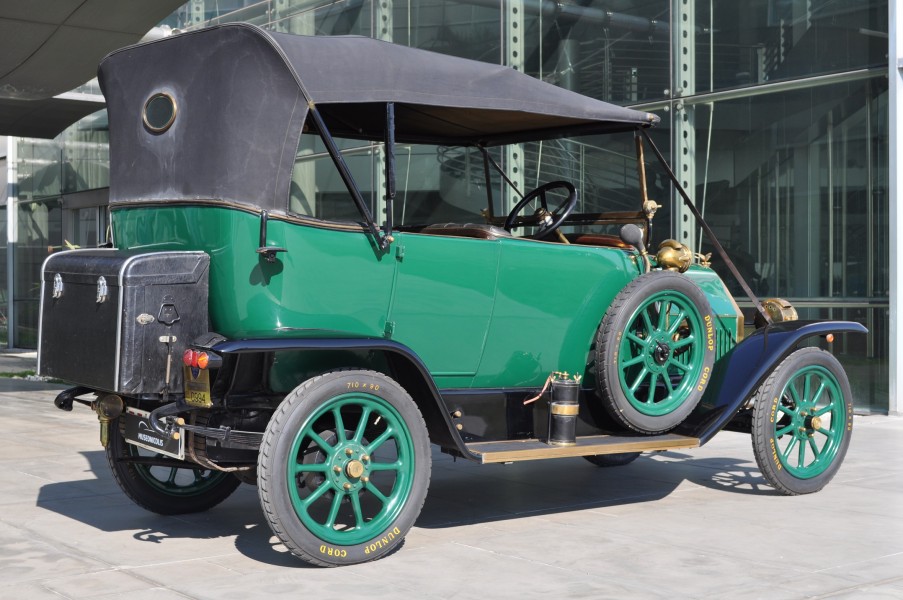
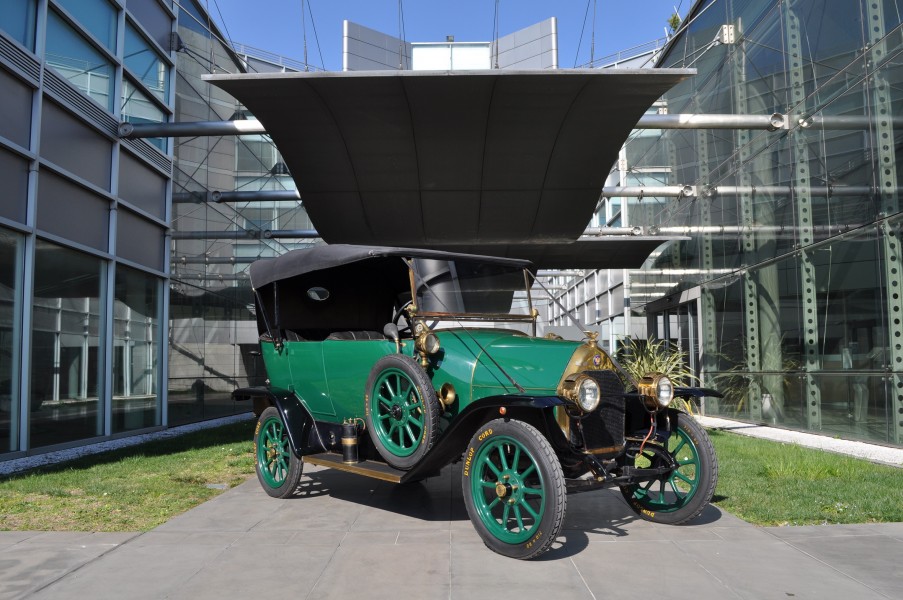
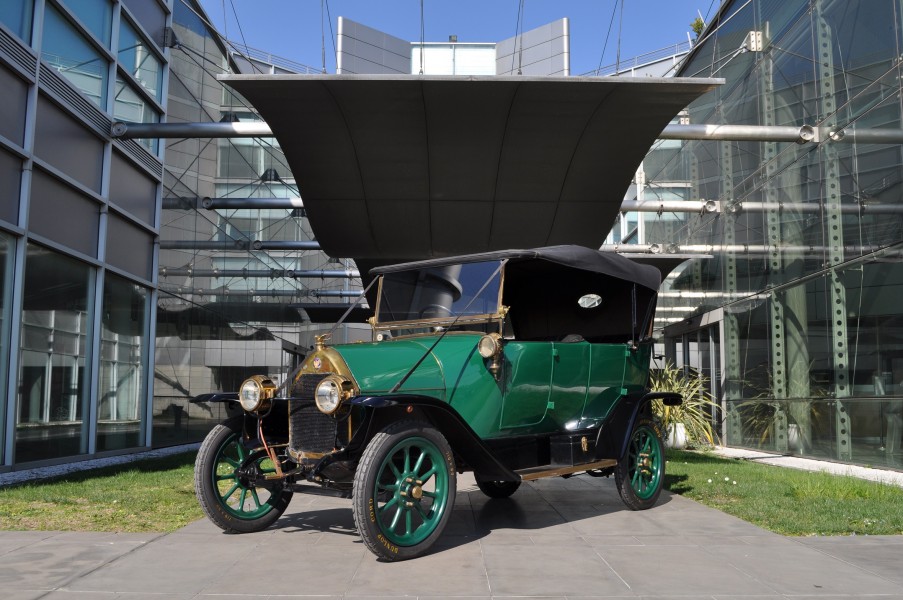
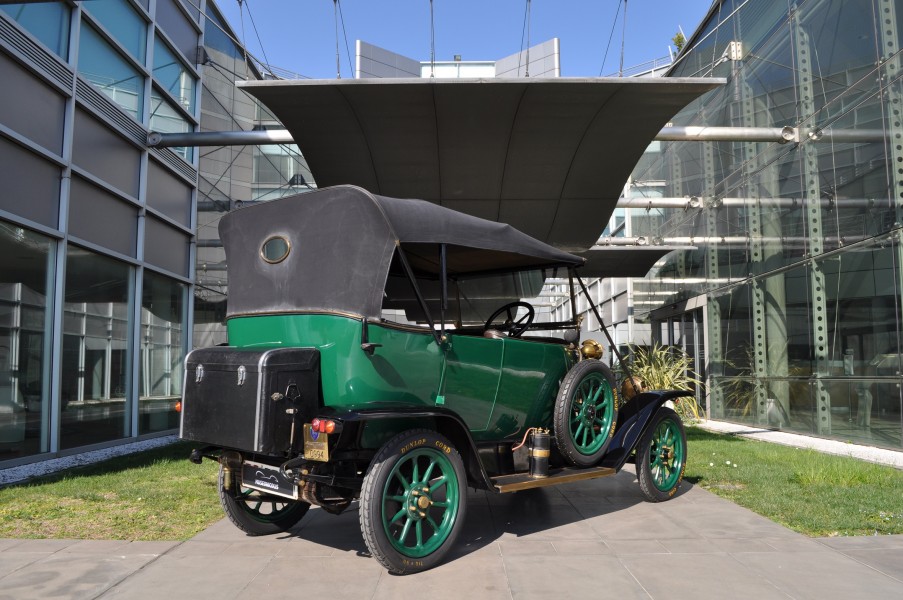







Audioguide